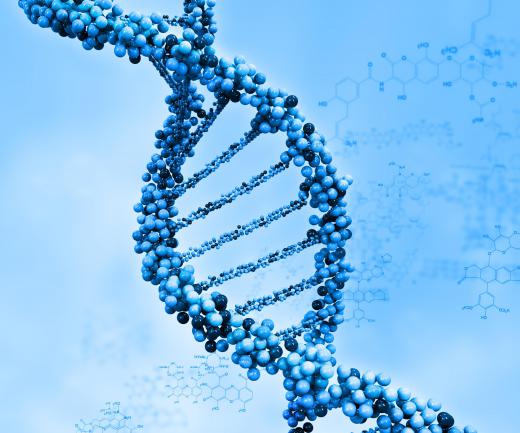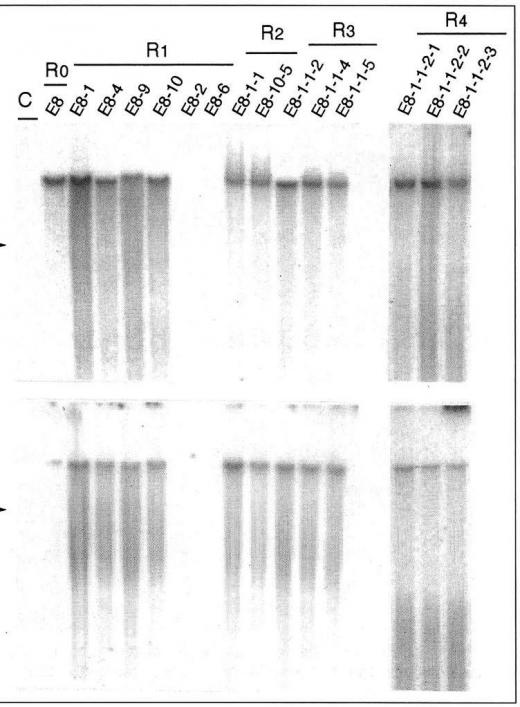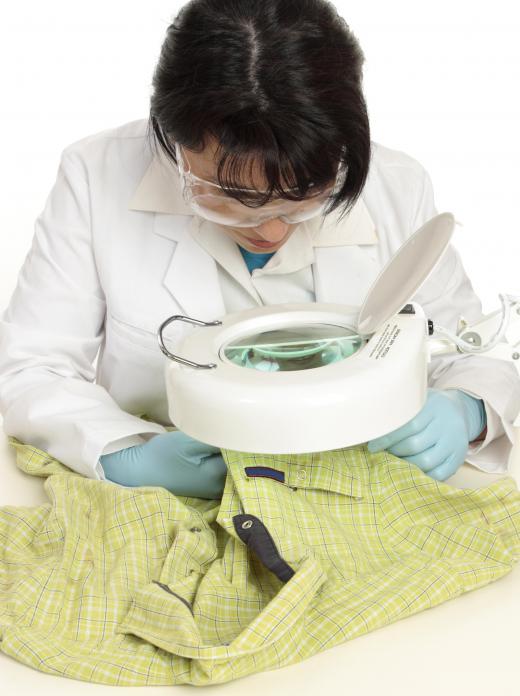What is DNA Analysis?
DNA analysis is an examination method that emerged in the 1980s and is credited to Alec Jeffreys, an English geneticist. Every species has unique genetic sequences. Analysis of DNA allows any type of organism to be identified by analyzing its genetic sequences. This method can also clarify questions of identification within a species.
Identification within a species can present more of a challenge than determining between two different species. For example, it is much easier to determine whether a victim was attacked by a bear or human than it is to determine which human perpetrated an attack. DNA analysis is usually performed by forensic scientists. In instances where individuals need to be identified, the forensic scientists tend to employ a method of scanning 13 regions of the human genome.

If forensic scientists only scanned a few areas, DNA analysis would not likely be highly regarded as accurate. The chances of an identical match between two people when 13 regions are scanned are so slim that the results are sometimes called a DNA fingerprint. Like the print left from an index finger, DNA fingerprints are generally considered conclusive and are not usually subject to much scrutiny.

There are several techniques that can be used for DNA analysis. Restriction fragment length polymorphism (RFLP) was one of the first methods used in forensic investigation. Polymerase chain reaction (PCR) is a method that allows a forensic scientist to amplify a sample and make millions of copies of the DNA from a relatively small specimen.
One factor that determines the method a forensic scientist will employ is how big her specimen is. An entire body is not necessary to perform an analysis of DNA, and oftentimes a large specimen is not available. One hair, a tooth, a drop of blood, or skin cells usually contain enough unique information about a person to identify him when the proper technique is used.

The question that needs to be answered also determines the method that is used for DNA analysis. Every father passes his Y chromosome to his son. A Y chromosome analysis therefore can be employed in situations where the issue is establishing paternity.
Since DNA analysis is respected as being highly accurate, it is used in many parts of the world for many important reasons. Examples include to identify individuals who are suspected criminals, to identify victims or their remains when identity by other means is not possible, to determine the risk of genetic diseases, and to identify animals in cases of suspected poaching. A person can spend his life in prison or be freed from a sentence of life based on the results from DNA analysis.
AS FEATURED ON:
AS FEATURED ON:















Discussion Comments
DNA is still being studied for all of its immense nuance. As humans, our own variety is infinite. There are billions of people who live and have lived, and no two are alike. This is much different than any other animal.
If human cloning comes to be a practice in the future, it would be strange to see how DNA forensic evidence would be conducted. If someone were found guilt of a crime, how would we know it wasn't their clone which committed it?
Where can I find articles on having DNA done on toxic materials?
Post your comments